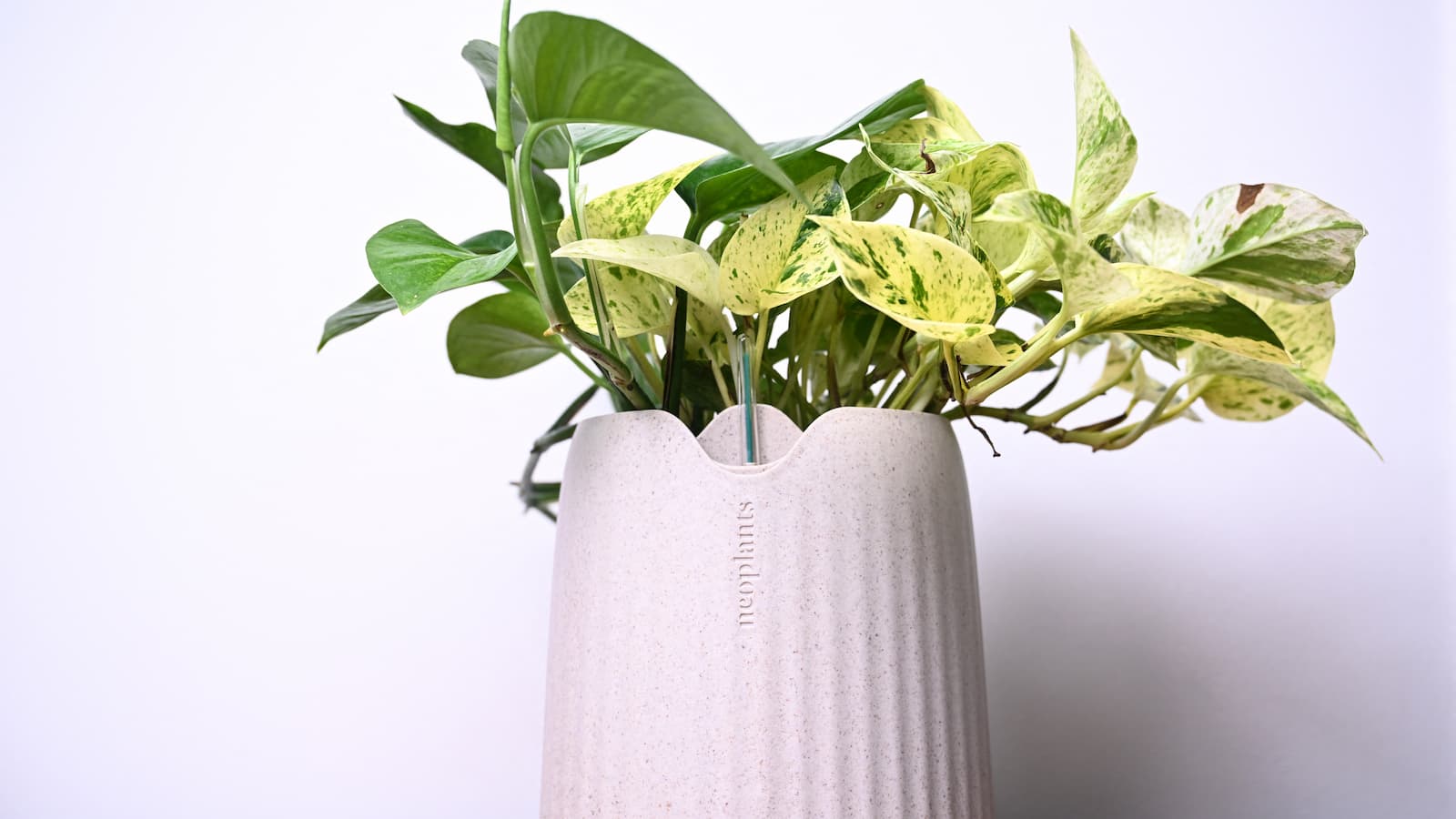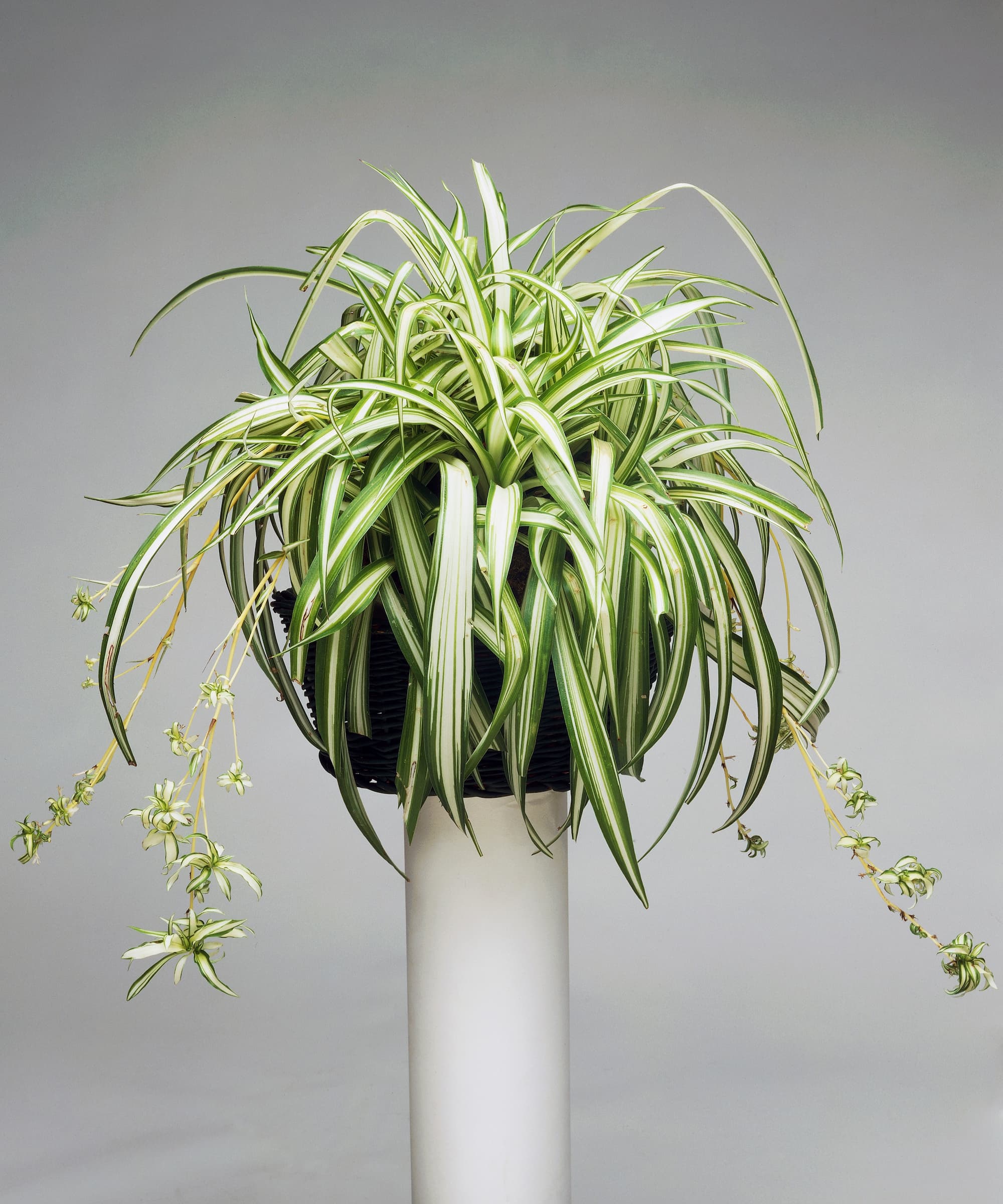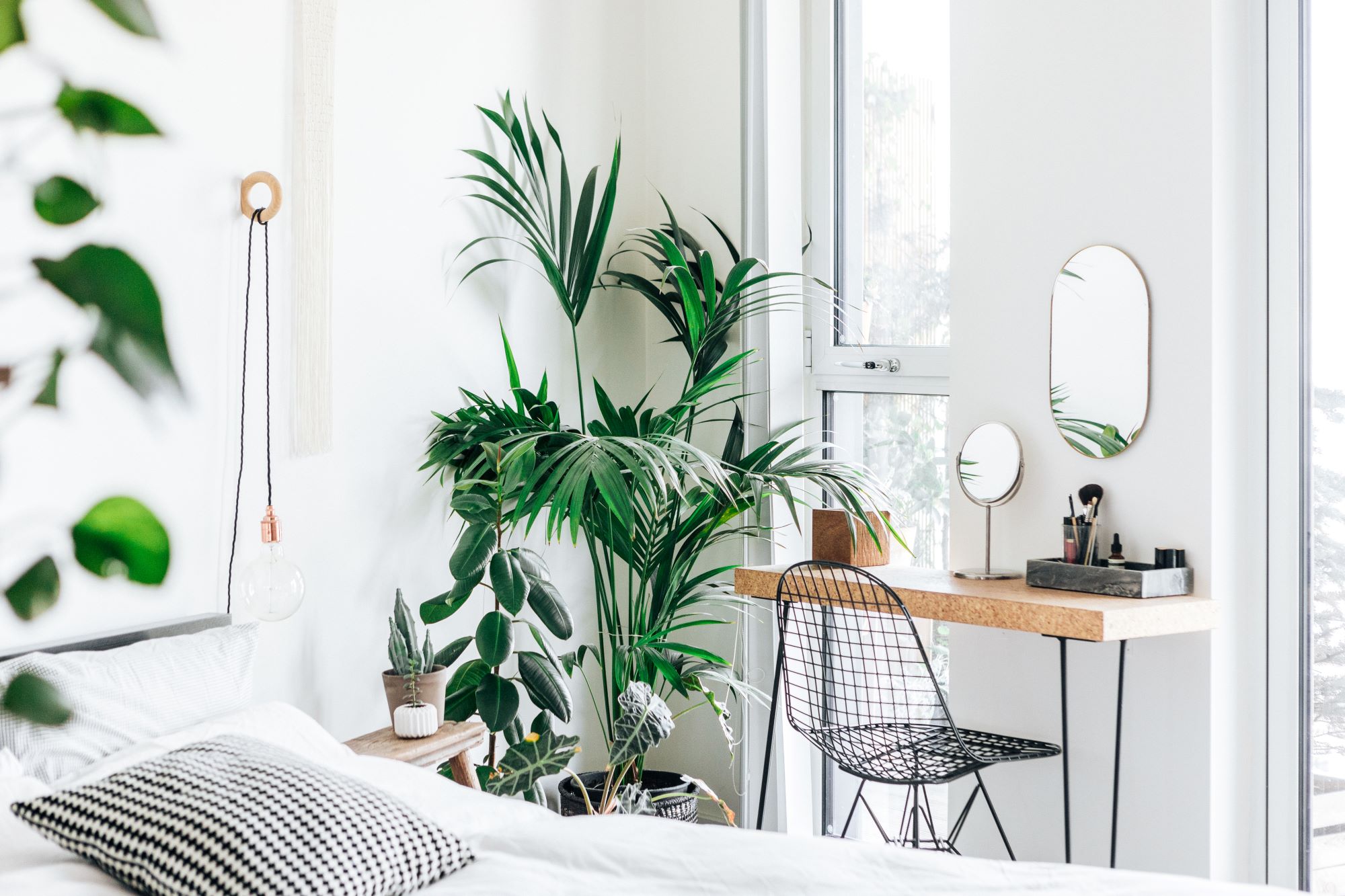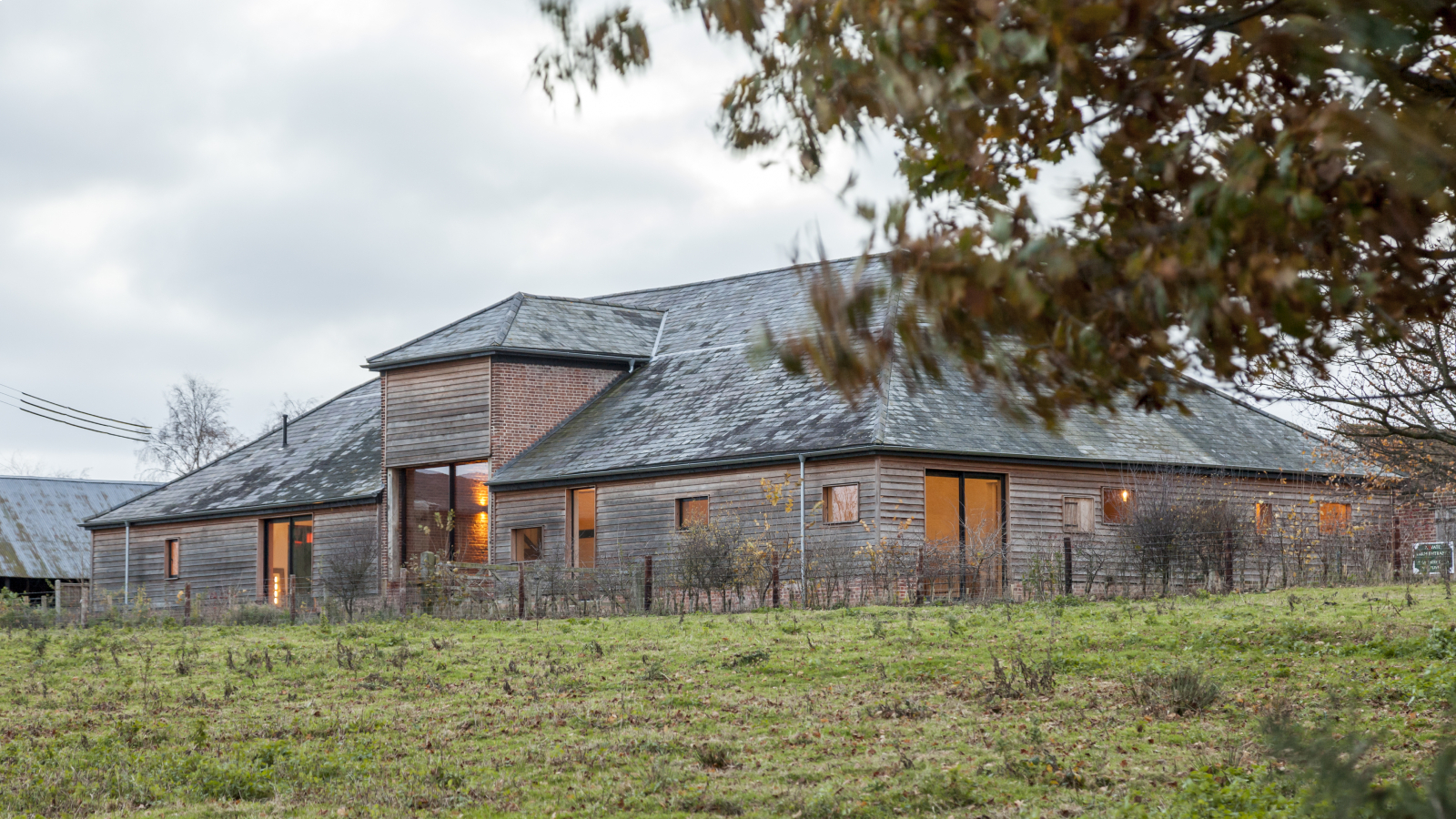'Natural air conditioning' — but does the zero-energy cooling trick with plants actually work?
As energy prices soar and heatwaves loom, homeowners are turning to houseplants to keep cool. But does it actually work?

With the cost of installing traditional air conditioning units climbing above £3,000 – and energy bills rising – millions of Brits are seeking affordable and eco-friendly ways to stay cool. Now, experts say the answer may already be sitting on your windowsill.
Craig Morley, gardening expert at Budget Seeds, says some of the most effective natural cooling systems don’t need electricity at all. “Houseplants can do more than brighten up a room – they can help regulate indoor temperatures too,” he explains.
Working with Barratt London, Morley is backing a growing campaign to promote “transpirational cooling”: the natural process by which plants release moisture and cool the air around them.
Does using plants to cool homes actually work?
The concept is actually backed by NASA research suggesting that it is actually real science and does work. As water moves from the roots of a plant up to its leaves, it evaporates into the air in a process known as transpiration.
This doesn’t just keep the plant cool – it also cools down your room, especially when multiple plants are grouped together.
“In a small room, several high-transpiration plants can have a noticeable effect,” Morley says, whilst offering this energy-saving tip. “It’s like building your own miniature rainforest – and it’s free once the plants are in place.”
How to maximise your plant’s cooling power
To get the most cooling benefit from your houseplants this summer, proper care is key. “A healthy plant is nature’s air conditioner,” says Craig Morley, gardening expert at Budget Seeds.
Bring your dream home to life with expert advice, how to guides and design inspiration. Sign up for our newsletter and get two free tickets to a Homebuilding & Renovating Show near you.
Transpiration – the process where plants release water through their leaves – can naturally cool the air, but it only works if the plant is well-watered and thriving. “If a plant is dry or stressed, it will conserve water and transpire less,” Morley explains.
Boosting humidity can also enhance this cooling effect. Grouping plants together or placing them near trays of water helps create a more humid microclimate that supports transpiration.
“Even something as simple as upsizing the pot gives the roots more room, reducing stress and encouraging better water flow,” he adds. And while pruning is helpful at times, Morley recommends avoiding it in summer to maintain maximum leaf surface and transpiration potential.
Best 'natural air conditioning' plants for the home

Not all plants cool equally. The most effective species have large leaves and high transpiration rates, with a few also pulling double duty as air purifiers.
Here are seven of Morley’s top picks for plant-powered cooling:
- Snake Plant (Dracaena trifasciata) – Tough and ideal for beginners.
- Peace Lily (Spathiphyllum wallisii) – Stylish, with big leaves for strong transpiration.
- Aloe Vera – Great in sunny spots, with bonus healing properties.
- Bamboo Palm – A tropical option that thrives in shade.
- Boston Fern – Excellent in humid bathrooms or kitchens.
- Golden Pothos – Hardy, low-maintenance, and great for air quality.
- Spider Plant – Easy to grow and thrives in moisture-rich areas.

A natural fix for urban overheating?
As climate change brings hotter summers, especially in urban areas where concrete traps heat, houseplants could offer a sustainable way to reduce indoor temperatures without increasing electricity use.
“Using plants as natural cooling systems isn’t just a quirky gardening trend - it’s an accessible, climate-smart response to rising bills and rising heat,” says Morley.
And with millions already turning to energy-saving hacks, “green air con” might just become the next big summer survival trend.
You can discover more about making sustainable switches in every season through Craig Morley and Barratt London.

News Editor Joseph has previously written for Today’s Media and Chambers & Partners, focusing on news for conveyancers and industry professionals. Joseph has just started his own self build project, building his own home on his family’s farm with planning permission for a timber frame, three-bedroom house in a one-acre field. The foundation work has already begun and he hopes to have the home built in the next year. Prior to this he renovated his family's home as well as doing several DIY projects, including installing a shower, building sheds, and livestock fences and shelters for the farm’s animals. Outside of homebuilding, Joseph loves rugby and has written for Rugby World, the world’s largest rugby magazine.
